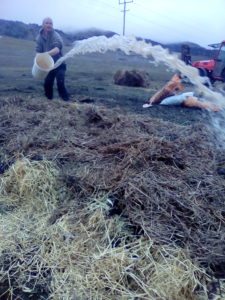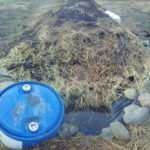Vineyard Manager Kelley Hamilton tells us about her “Black Gold” brew





Vineyard Manager Kelley Hamilton tells us about her “Black Gold” brew





OUR PRIVACY POLICY
We collect personal information from you, including the following information:
Note: Credit Card information for on-line purchases through our web-shop is not collected or held by us. Our payment gateway is a registered provider with their own privacy policy and security systems. When we do collect Credit Card information for phone campaigns or email orders, we will destroy that information once the purchase is complete. We hold payment and contact information for Vine Club members in an encrypted and/or password protected secure file.
We collect your personal information in order to:
Providing some information is optional. If you choose not to provide contact information, we’ll not be able to provide offers or maintain contact with you.
We will never provide your information to a third party without your express permission.
You have the right to ask for a copy of any personal information we hold about you, and to ask for it to be corrected if you think it is wrong. If you’d like to ask for a copy of your information, or to have it corrected, please contact us at info@mishasvineyard.com, or 03 4454456, or PO Box 328, Cromwell 9342.
